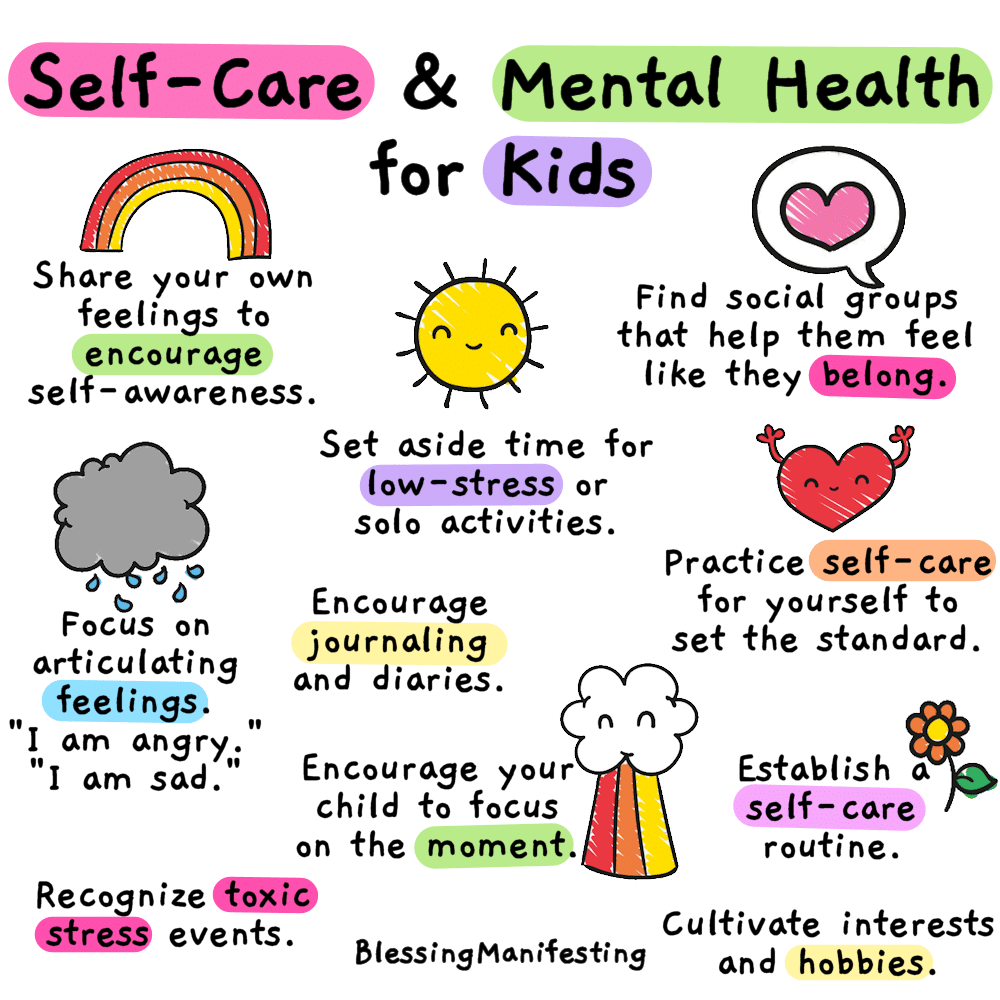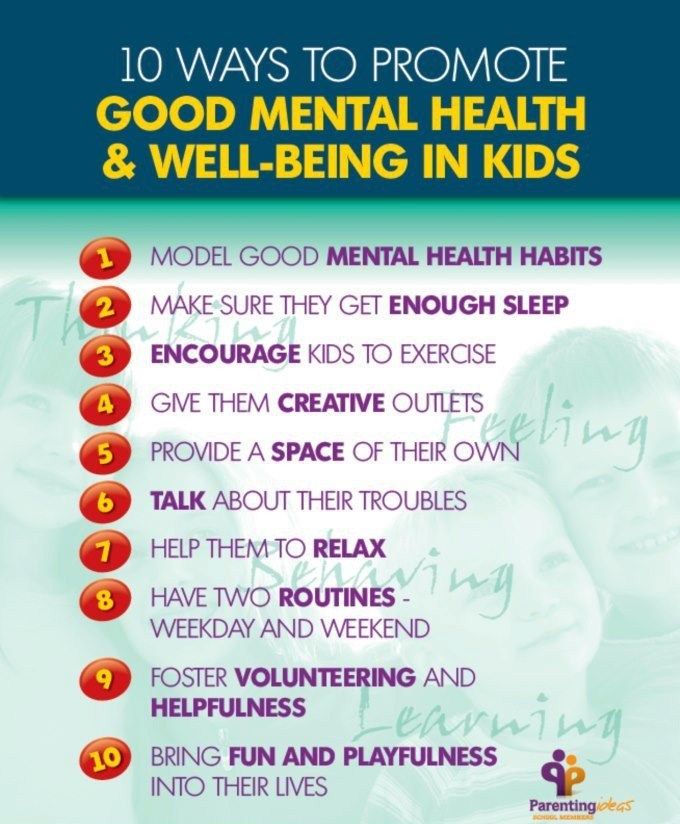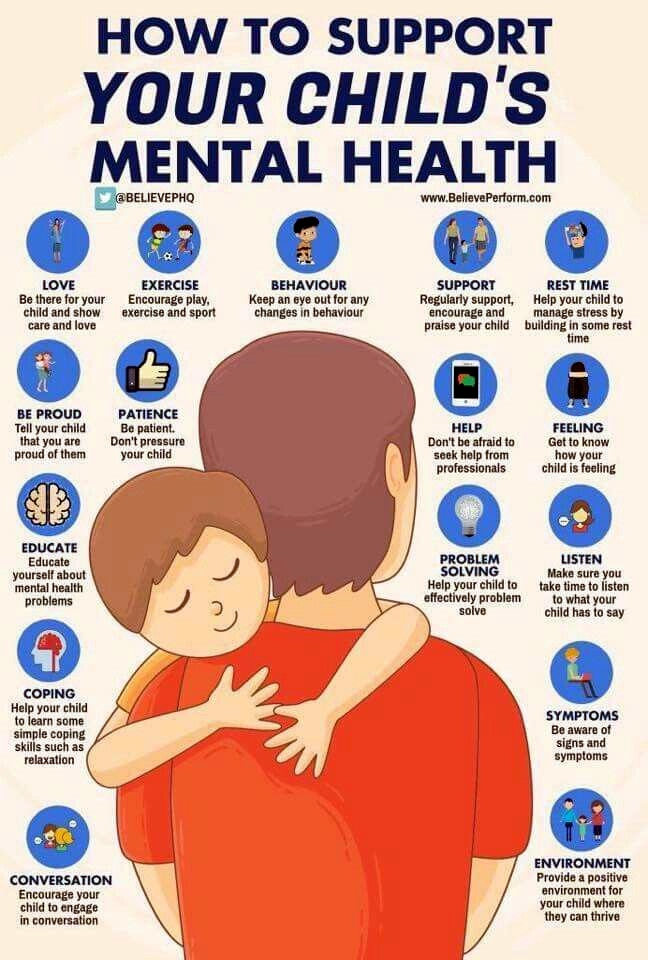Home Learning
Helping your child at home
Family Action, in partnership with the National Association of Head Teachers (NAHT) have jointly created 10 leaflets aimed at School children to aid them in their everyday learning and home lives. You can access each of the leaflets below:
Learning is Fun!
There are lots of games and activities you can do with your child to have fun together and get them developing speaking and listening skills, building vocabulary, counting and other early literacy and numeracy skills. Oxford Owl has produced some ideas for parents to actively engage with their child at home and support their development. Please click on the relevant link below:
Subject Specific Support
Maths
Maths home learning ideas and resources
Reception
In Reception children get to grips with the idea of numbers and calculations. Children will be working with numbers every day, in a range of different ways. They will be using familiar objects to help them learn about how numbers are used in everyday life and will be encouraged to be curious and explore numbers. They will be playing number games, singing counting songs, making models and using the role-play area, as well as being introduced to the ideas of addition and subtraction. At home you could:
- Practise counting – you can do this anywhere: count toys, books, how many buses you see when you go out
- Play hide and seek – good practice for counting
- Do a jigsaw together – a fun way to develop spatial awareness and matching skills
- Save your cereal boxes and cardboard tubes for making models
- Play card games – even a simple game of snap helps to develop number recognition
- Have a teddy bears’ picnic: count out toys, place settings, and share out the cakes
- At bathtime, play with different-sized containers
- Bud’s Number Garden - Join Bud the bee to explore his magical garden and practise recognising numbers, counting, sequencing and much more. This game is great for children in their first year of school.
- Counting - A collection of musical films on counting one to 10, 10 to 20, sets and ordinal numbers.
- Measuring - Songs for learning the vocabulary of measuring, time and money.
- Space and shape - A collection of musical films on 2D and 3D shapes, movements, shapes and patterns.
- Numberblocks - An animated series full of number tricks, available to watch on iPlayer.
- Bitz and Bob - Join Bitz and her little brother Bob in their animated engineering adventures.
- Bitz and Bob game - Help Bitz and Bob solve fun engineering problems and earn rewards along the way. A great way to explore maths and puzzles.
KS1
In KS1, children will be investigating, counting, playing number games and using everyday objects to help them solve problems and do simple calculations. As they become more familiar with the language used in maths, they will be encouraged to talk about their methods for solving problems and presenting their results. They will be learning to think about the methods they use to solve problems, and to check if they are correct. They will start to work with logic problems, and will be recording their results using lists and tables. They will also start to work on solving maths problems mentally. At home you could:
- Play games: a simple board game such as snakes and ladders gives your child valuable practice in counting on.
- Play cards – take out the Kings, Queens and Jacks and then try to turn over two cards that add up to ten. You can play a similar game with dominoes, counting the spots.
- Sort things out - children will enjoy playing sorting and matching games.
- Look for numbers when you go out. Get your child to add up the numbers on car number plates or buses.
- Get cooking: children love to weigh out the ingredients and check the timer.
- Point out odd and even numbers on houses when you go out.
- When you’re cutting a cake or pizza, talk about halves and quarters.
- Encourage your child to spot and describe the different shapes you can see on the way to school.
Fierte Trust Mathematics Videos on Youtube
In order to support parents and provide you with information about how we teach calculation strategies, separate playlists have been created for each type of calculation. Please click on the links below to access the playlists:
English
English home learning ideas and resources
On our English curriculum page, we have included information about Reading at Home and Phonics for parents to refer to. We have also included some useful website links below.
Reception
Language and talk are key features of the EYFS curriculum and children will have lots of opportunities to share their ideas, explain their thinking and engage in conversation. It is crucial for children to develop a life-long love of reading. In Reception, your child’s class teacher will be reading aloud and the children will be encouraged to sing songs and rhymes and join in with stories. Children will learn phonics and will read books matched to their phonic ability. They will learn how to write letters and use their phonic knowledge to spell words. At home you could:
- Sing songs together
- Listen to or watch stories, rhymes and songs
- When you read a new story, ask your child to predict the ending
- Re-read familiar stories and talk about the characters and events
- Develop fine motor skills: try modelling with clay or threading beads. Anything fiddly is good for the hands!
- Practise forming letters – it’s often easier to make them big at first.
- If your child doesn’t want to pick up a pencil at home, try finger paints, or drawing in sand or sugar!
- BBC School Radio - Nursery Rhymes
- National Literacy Trust (age 3-5)
- Nursery Rhymes with a modern musical twist
- CBeebies - Storytime app
- BBC School Radio - Storytime - The Rescue Party - Nick Butterworth
- Learn English Kids - Little Red Riding Hood
- Jackanory Junior - The 'Little Bear' stories
- Learn English Kids - Style a superhero
- Old Jack's Boat - The Enormous Sea Beanstalk
KS1
Daily English and phonics lessons in KS1 ensure that children learn the knowledge, skills and understanding required in reading, writing and spoken language. Across these areas, the children will be listening t, reading and writing a range of texts, including stories, non-fiction and poetry. They will be looking at stories with familiar settings, traditional tales, and different stories by the same author. At home you could:
- Visit your local library and let your child choose their own books. If your child is not keen on stories, try fact-based non-fiction books or a comic to spark their interest.
- Read regularly to your child – even if they’re a fluent reader, they will still enjoy it. Read books together, taking turns and talking about the parts you liked.
- Encourage your child to look at and discuss non-fiction books, for example encyclopaedias, dictionaries or an atlas.
- Give your child plenty of opportunities to draw and write with a range of materials.
- Ask your child to help you write a shopping list and then look for the items when they get to the shop.
- Encourage them to write to people as much as possible: Christmas cards, birthday invitations, thank you letters and postcards are a great way of giving them a real purpose for writing.
- Make writing part of a game: play shops, schools or cafes and make writing fun!
- Buy your child their own notebook to write stories or make a fact file about their favourite animal or football team.
History and Geography
History home learning ideas and resources
Encourage your child to take an interest in the world around them and the past:
- Look at photos of children, parents and grandparents when they were younger. What do they notice about how things have changed? For example, clothes and toys.
- Talk about past and present events in their own lives and in those of other members of the family or friends.
- Create a family timeline or family tree. Talk about the people in their lives that are important to them and use language related to time, such as 'when I was young' or 'when you were a baby'.
- Read books and stories about the past together and notice how things have changed.
- Listen to old and new music together.
- Visit places of historical interest together.
Geography home learning ideas and resources
Geography is about understanding the world. Encourage your child to take an interest in the world around them, gaining an understanding of their place in the world at home, at school and within their local community. Geography will already feature within your daily lives, such as navigating your home and neighbourhood, watching a weather forecast and planning a trip. You can help your child to develop as a geographer by:
- Talking about local places, attractions and activities
- Talk about the route you take to school, the park or the shop and draw a simple ap together
- Compare their home area with other areas they visit, on holiday perhaps
- Read books, look at travel brochures and websites to find out about different places locally and further afield
- Look at a map, atlas or globe or use a digital map or Google Earth when talking about places
Science
Science home learning ideas and resources
Reception
- Go for a walk and make up a nature box with leaves, twigs, fir cones or anything else you find
- Notice and talk about changes in the weather
- Experiment with water – put objects in the bath and get your child to guess which will float, and which will sink
- Blow bubbles – then see which way the wind blows them
- Take a magnifying glass into the garden and go on a bug hunt. Draw pictures of the insects you see with your child
- Start a collection: it could be anything – stones, shells, plastic dinosaurs – and sort it by size, colour, shape.
Year 1
- Have a look at some plants in your garden or on a walk in the park. Get them to draw their own diagram of a plant when they get back inside, labelling all the parts they know.
- Play games with your senses: use a blindfold and try to identify objects just by touch, sound, smell and taste.
- Make a list of the different objects around the home, identifying what material each is made from, for example a metal spoon and a metal radiator, a wooden spoon and a wooden door.
- When out and about, talk about the weather. Notice how the weather changes during the different seasons. Ask them questions: What do we do in the winter to help us with the cold? What is the weather like in the spring?
- Read books about animals and find out about animals using websites. Encourage them to find out more about an animal they are interested in. They might draw a picture and record what they discovered.
Year 2
- When out and about at the park, woodland or forest, look for animals or signs of animals (such as prints, nests or burrows). Go to the library or use the Internet to find out about different animals and their habitats.
- Plant some seeds or bulbs and plant some in various different places (you could have one in a sunny spot in the garden, one in the shade and one in a container indoors). Water them according to instructions on the packet. What do they notice about how the different plants grow?
- Find items in the house made of different materials. Talk about why the material is suitable. For example, why is food packaged in plastic rather than paper? Why is glass a good choice of material for windows?
- Consider what we need to do to stay healthy. Can they create a simple exercise routine? What hygiene practices are important? They could look at the labels on food packaging and identify which items have less sugar and fat.
- Look at photographs of family members when they were younger and themselves as babies. Notice how different people in their family have grown and changed.
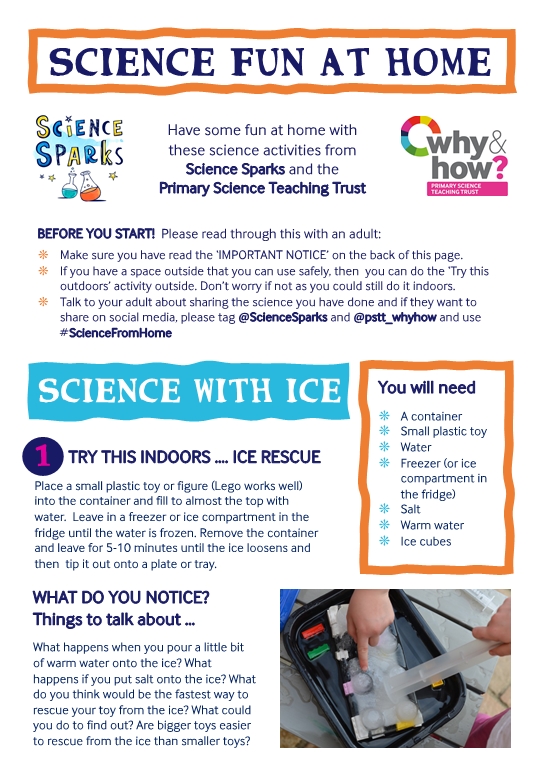
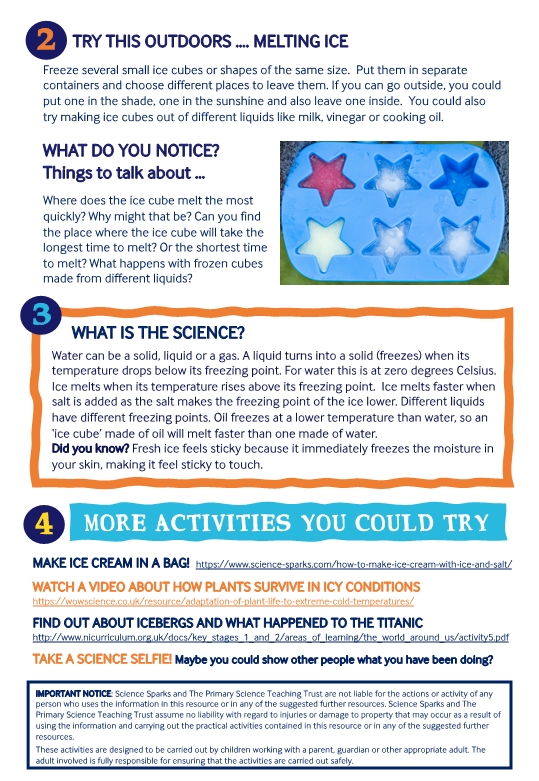
Art and Design
Art home learning ideas and resources
Reception
- Point out pictures, paintings, building designs, and objects such as furniture and ornaments to feed your child's appreciation for how different sorts of art enrich our lives. Ask questions such as, ‘What colours and patterns have been used? What about the materials and textures - is it fabric or wood, smooth or rough? What do you like or dislike about it?’
- Use similar questions to help your child talk about their own artwork produced at school and home. Give plenty of praise focusing on those parts that are most detailed to build on their strengths.
- A key skill at this stage is hand-eye coordination, so anything you can do that encourages your child to look first, then draw, and then look again will strengthen their art skills.
- Explore different materials with your child and let them experiment with the different effects they can produce.
- Try not to worry about it getting messy, most kids love tactile materials and enjoy interacting with them. Just make sure you put plenty of newspaper or an old sheet down!
KS1
- Encourage your child's creative curiosity through cutting, tearing and sticking. Help your child to collect art materials – recycled paper, fabric, empty containers and resources such as glue, tape and paints. They could keep them all in their own special art box, which they can personalise with their own design.
- Invite them to draw from imagination and observation and encourage them to focus on shapes and patterns.
- Visit local art and craft events, such as exhibitions and workshops to build an early appreciation for paintings, ceramics, textiles and other art and design objects.
- When looking at artefacts, buildings and designs, ask your child questions similar to those they'll ask in class, such as What do you like best about this? Why do you think it's this colour / has this particular feature? What is it made from?
Music
Music home learning ideas and resources
At school, your child will learn how sounds can be changed; sing simple songs from memory; recognise repeated sounds and sound patterns; and match movement to music. All children benefit from specialist music teaching and have the opportunity to compose using a variety of musical instruments. At home, you can support your child's development and appreciation of music:
- Sing songs that invite your child to perform actions, such as a clapping, stamping or jumping, stamp or jump to help them develop a sense of rhythm. Songs with repetition are particularly good.
- Make your own homemade instruments - it's fun, cheap and you can use any household object that makes a sound. Fill an empty plastic bottle with uncooked beans or rice to make shakers. Make sure the lid is tightly secured before use! Or try empty cartons, pots and pans to make drums that can be hit with a wooden spoon. You can even create a triangle by suspending a metal object such as a coat hanger with some string and hitting it with a metal spoon.
- Help your child to discover their voice in different ways – singing, whispering, talking, humming. Add some of the musical elements being taught at this stage, such as high, low, loud, quiet, fast, slow, rhythm.
- Talk to your child about the different sounds we associate with the weather. What sound do you hear when there is a heavy downpour, thunder or wind? Find words and sounds to describe them, such as rumbling thunder in a low voice, howling wind in a screechy voice.
- Enlighten your child by exposing them to a wide-ranging collection of music.
- Play musical games together.
Design and Technology
DT home learning ideas and resources
Reception
- Allow children to construct and make models with blocks, bricks and other materials, such as cardboard boxes, tubes and playdough.
- Enjoy cooking activities together. Take turns stirring the mixture for a cake and then watch with fascination as it rises while cooking. There are also lots of 'no-cook' recipes, such as cornflake chocolate cakes, ice lollies and making sandwiches.
- Encourage and support the use of a range of tools, such as scissors, hole punch, stapler, glue spreader, rolling pin.
- Get your child to sort objects by different criteria. You could do this by getting them to help to set the table or organise shopping items to be put away.
KS1
- Practise design skills by using playdough or plasticine to model their ideas. Plan their models before making, for example Lego models.
- Create a ‘design box'. Recycle things like empty egg boxes, pipe cleaners, lolly-pop sticks, elastic bands, cotton reels, bits of card and plastic. Include masking tape, a hole punch and scissors. Your child can use these to create anything that interests them, like a miniature playground with slide and swings, houses, furniture, aliens, cars.
- Encourage your child to be more aware of how things have been designed around the home for specific purposes and people.
- Enjoy cooking activities together. Talk about the type of how different fruit and vegetables need to be prepared before they can be eaten, such as washing, cooking and peeling.
- 'I want to design' video clips
- Dengineers on iPlayer
- Bitz and Bob - Join Bitz and her little brother Bob in their animated engineering adventures.
Physical Education
PE home learning ideas and resources
We all know how important for children to be active. They will have PE lessons every week at school and be active during break and lunchtimes. At school, they will be focusing on developing different skills, such as basic motor skills, ball skills, gymnastics and dance movements. They will also learn a number of team sports, learning about co-operation and fair play.
- Walk to school and from school and whenever else you can, for example to a friend's house or the park.
- Encourage active play in the garden, indoors or at the park. Maybe set up an obstacle course or enjoy playing with a ball, hoop or dancing and moving to music.
- Provide opportunity for active play with friends outside of school where possible.
- Help your child to learn how to balance on a scooter and ride a bike.
- Encourage moderately intensive activity for at least one hour every day (for example, four 15-minute periods). Encourage activities that enhance and maintain muscular strength, flexibility and bone health twice a week, such as climbing, skipping, jumping, active play, cycling, karate, dancing or gymnastics.
- Encourage your child to eat their five a day in a variety of fruits, vegetables and colours.
- Talk with your child about the importance of eating healthily and keeping active.
PSHE and RE
PSHE
We all want our children to be healthy and happy, at school and in their wider lives. PSHE (Personal, Social, Health and Economic education) lessons are just one way in which we can help children develop as well-rounded individuals. At home, you can support your child's personal, social, health and economic understanding and development in simple ways . For example
- From a young age, encourage your child to dress and undress independently and manage their own hygiene, such as washing thieir hands after using the toilet.
- Encourage your child to help you plan and cook healthy recipes.
- Take them shopping and involve them in decision making.
- Make time for simple activities such as board games to help children learn to take turns.
- Give plenty of positive encouragement and praise to build self-esteem, and when they do something wrong, help them reflect on why their behaviour was unkind/selfish/rude and think of how they could have handled the situation better.
- Fowley's Wings - This story explores dreams and goals, roles in families, people’s strengths and feelings, how brothers and sisters get on together.
- The Switch Watch - This story is about 2 adults, 3 children, a rabbit, two hamsters and a humungous dog called Bongo. It explores how hectic family life can be and how we can all help to make life at home more harmonious, even the dog
Religious Education (RE)
RE explores big questions about life, to find out what people believe and what difference this makes to how they live. It helps pupils to make sense of religion and belief, reflecting on their own ideas and ways of living. It enables pupils to be equipped with understanding of a range of religious and non-religious world views. RE encourages children, growing up in a diverse society, to understand the varied views and opinions of people whose beliefs and values differ from their own, promoting not just tolerance but genuine understanding and respect for other people. RE provides space for children to reflect on their own ideas and develop their thoughts. Here are some useful links to support your child's understanding of different beliefs and faiths:
Computing
Computing home learning ideas and resources
Reception
At Violet Way, we provide children in Reception with opportunities to use digital technology, such as iPads, to produce creative outcomes. They learn to use digital programmes to paint, create music and design models. Children play with a variety of electronic toys, such as remote controlled cars, walkie-talkies and programmable toys. At home, you can support your child's development by letting them explore digital technology by taking photographs, looking at digital maps, playing with digital and programmable toys and helping them to use internet to find out about topics that interest them or play online games. You could enjoy listening to e-books together. There are some free e-books available here: Oxford Owl Reading
It is also important to talk to your child about online safety and teach them good screen time routines. Please download the information at the bootom of this page for further support.
KS1
Chances are your child already knows their way around your iPad/tablet/phone and can navigate the internet like a pro, but the core of Computing is computer science, where children are taught the principles of information and computation and how digital systems work. They begin to learn the skill of programming, creating programs, systems and a range of content. With technology advancing faster and faster, parents are finding it more and more difficult to stay on top of how their children are using the internet. At the bottom of the page, we have attached some documents with information about how you can protect your child online.
Mental health and well being
What is mental health? Mental health is about emotional well-being. It means having a balance in life, and this balance looks different for everyone. Learning about mental health helps us recognise what makes us feel good and recognise things that might throw us off balance sometimes.
Parents can support their child's mental health and well being in a range of ways. Please have a look at the posters and links below. If you or your child is struggling with mental health or well being, please pop into school to talk to Mrs Dawson, our Inclusion Manager.
